- 4 Month Build
- Total Cost: $3,300
- Total Weight: 29.6lbs (13.43kg)
- Weight of 3D Printed Parts: 9.98lbs (4.53kg)
- 12x Custom QDD actuators
- 3D printed 9: 1 planetary gearbox
- 90KV brushless motor
- ODrive S1 FOC Controller Carbon Fiber Frame
- 30A Silicone Feet
- 6S 5200mah Lipo Battery
- Teensy 4.1 Microcontroller
 Aaed Musa
Aaed Musa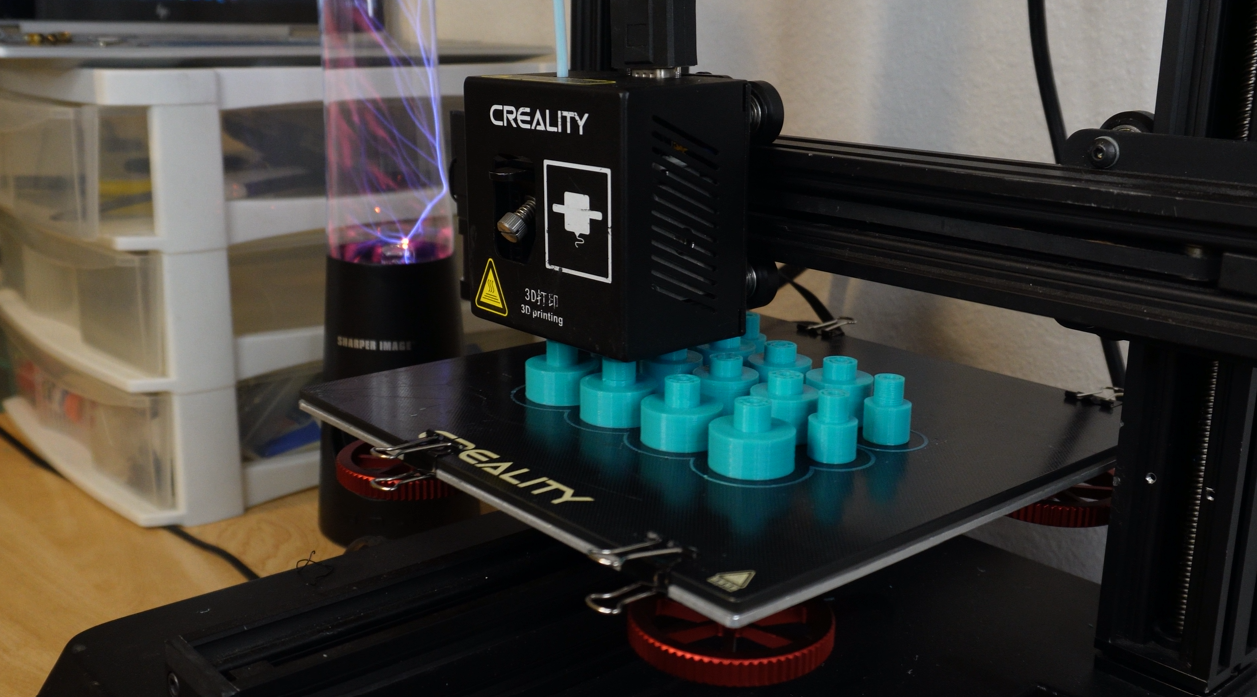
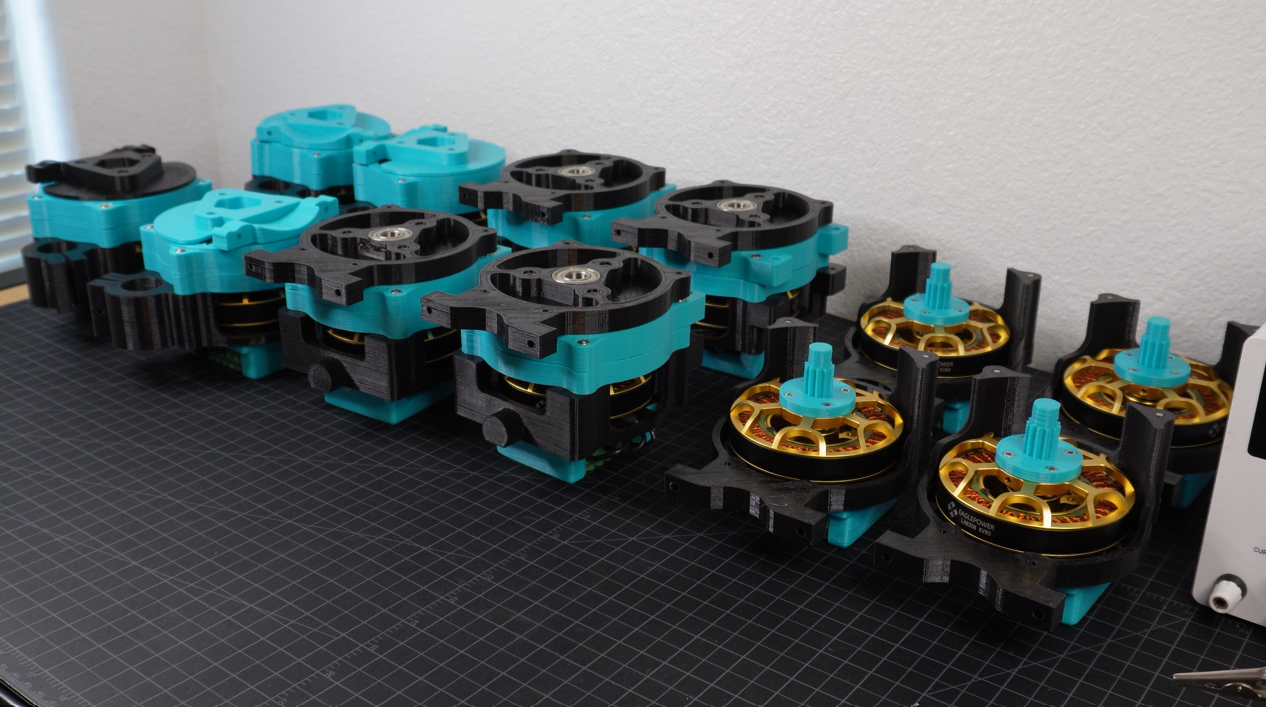
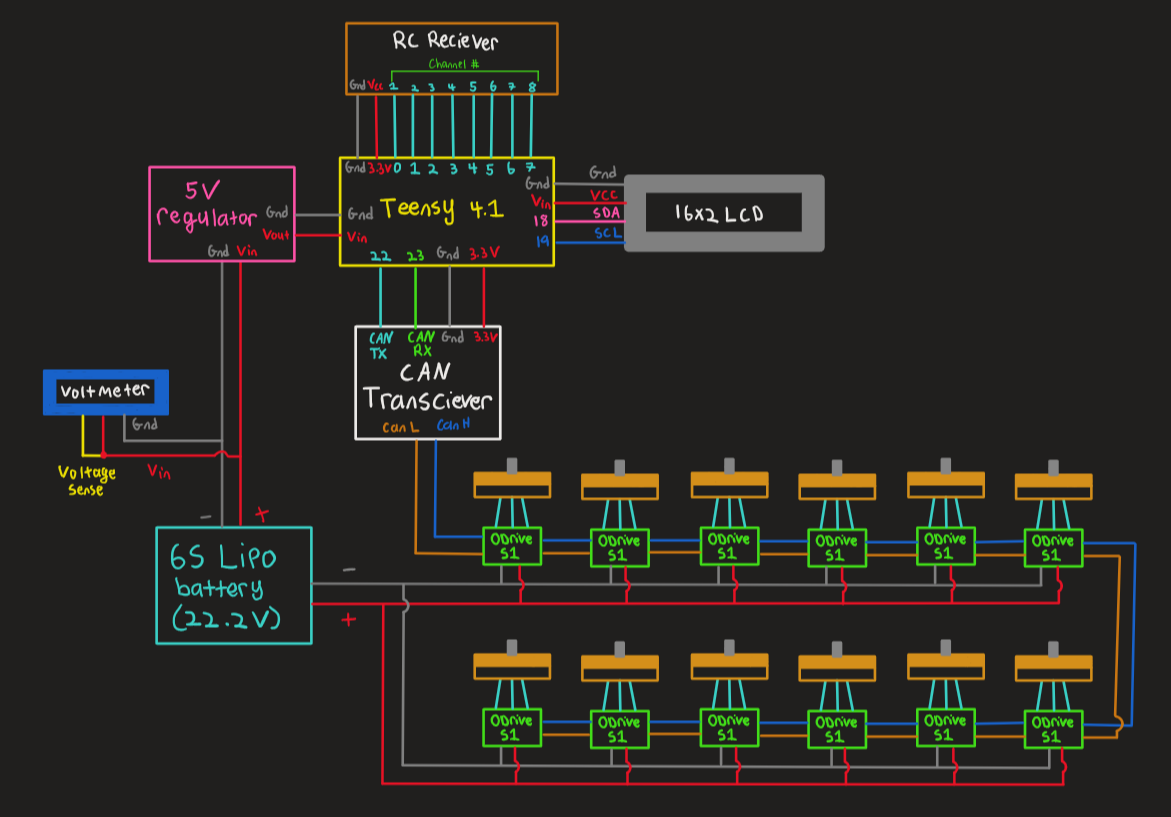
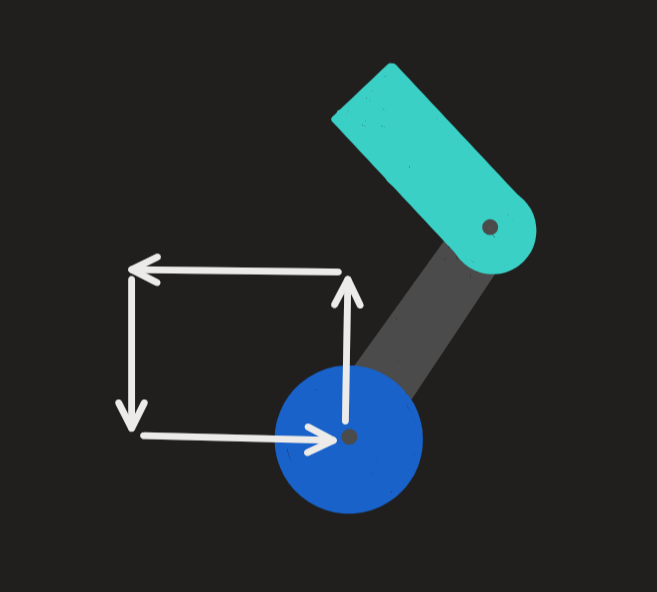
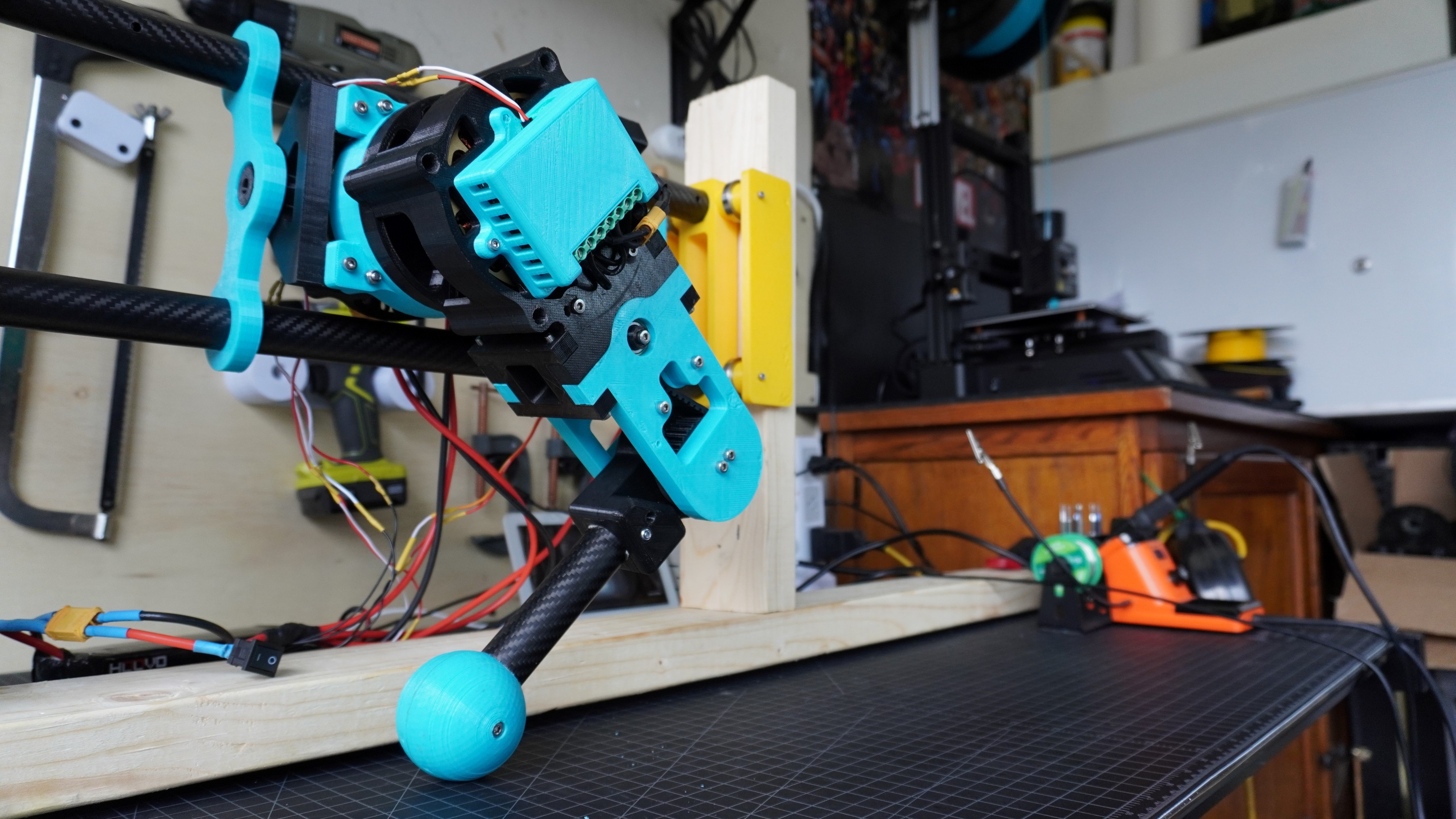
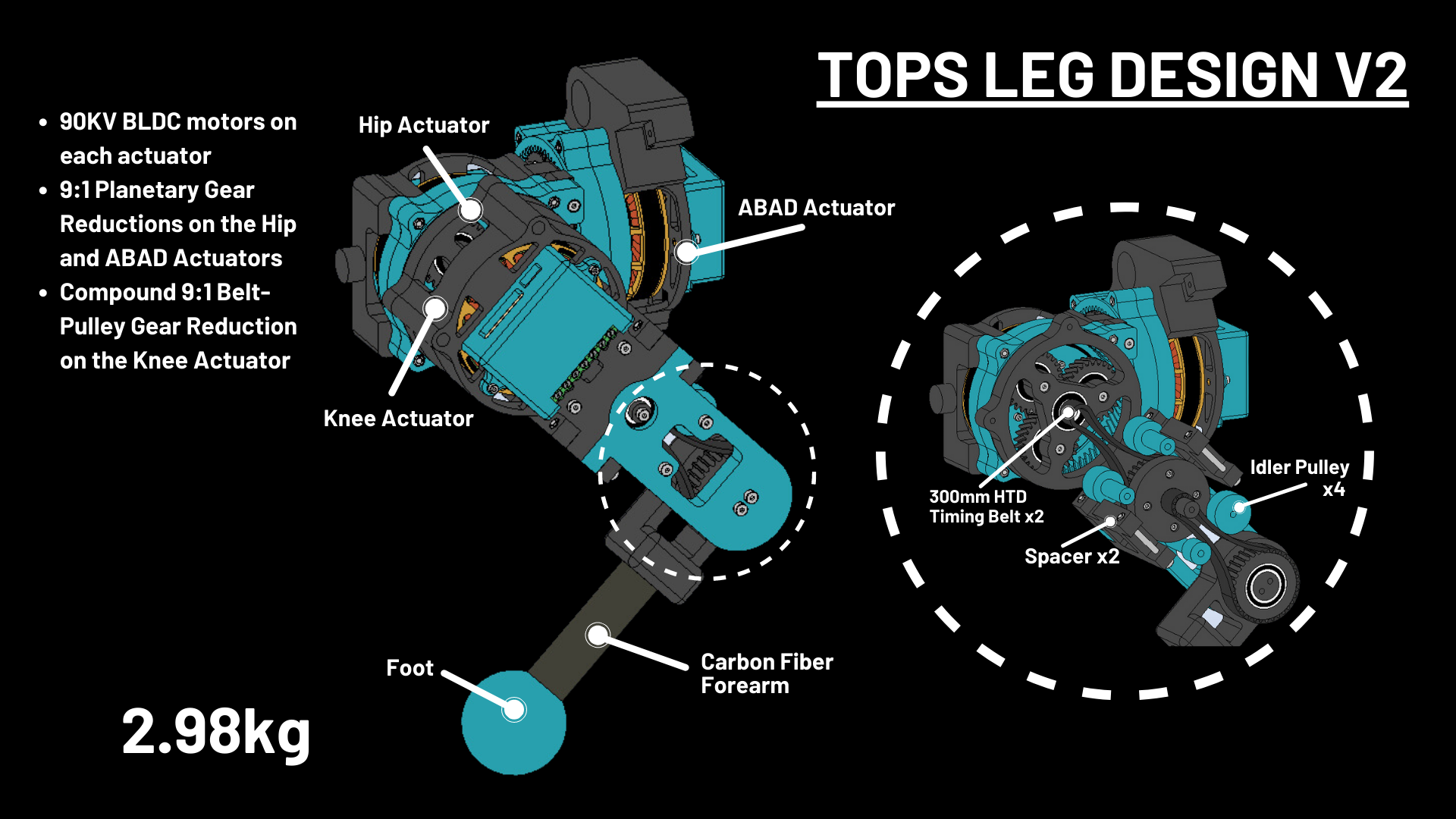
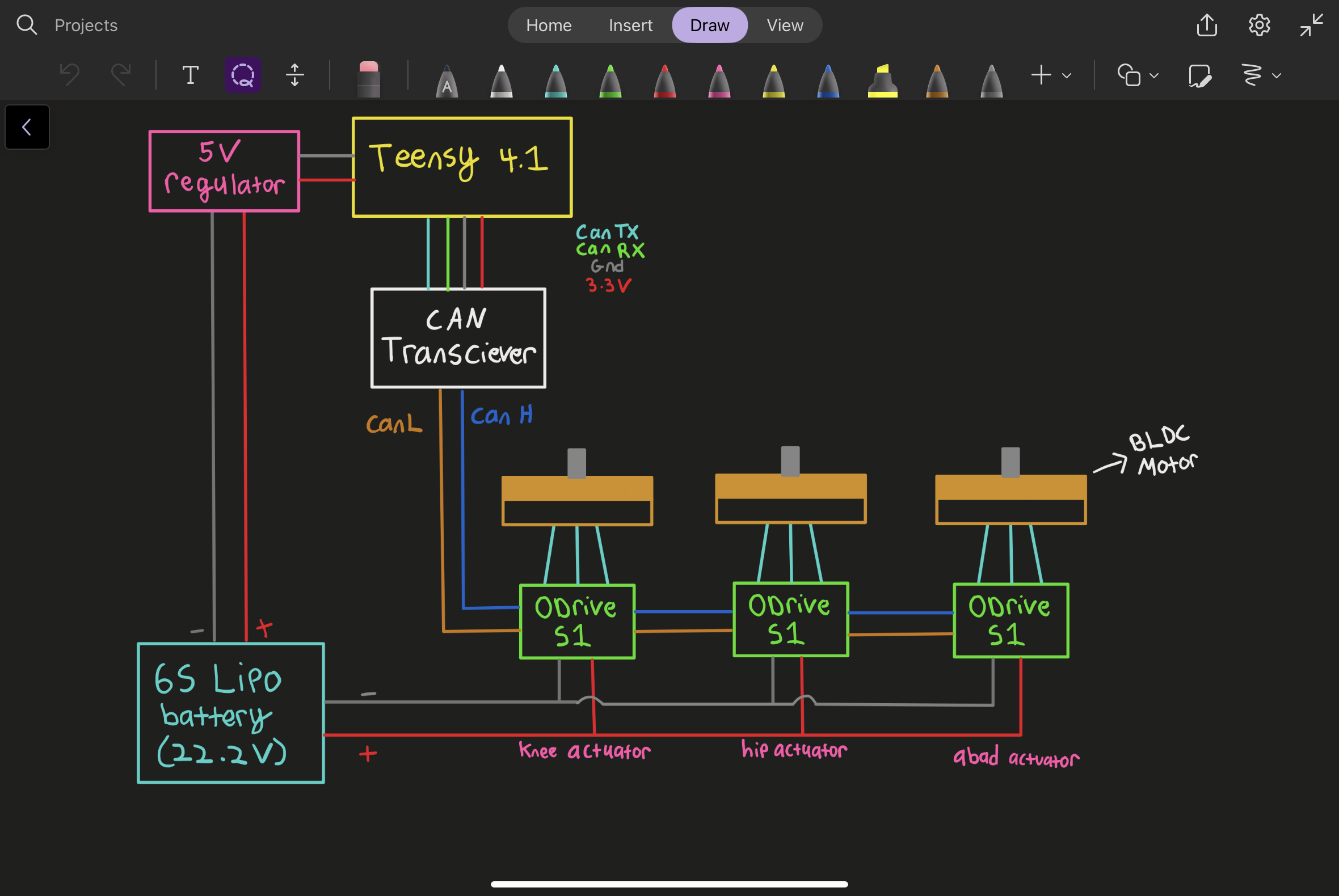
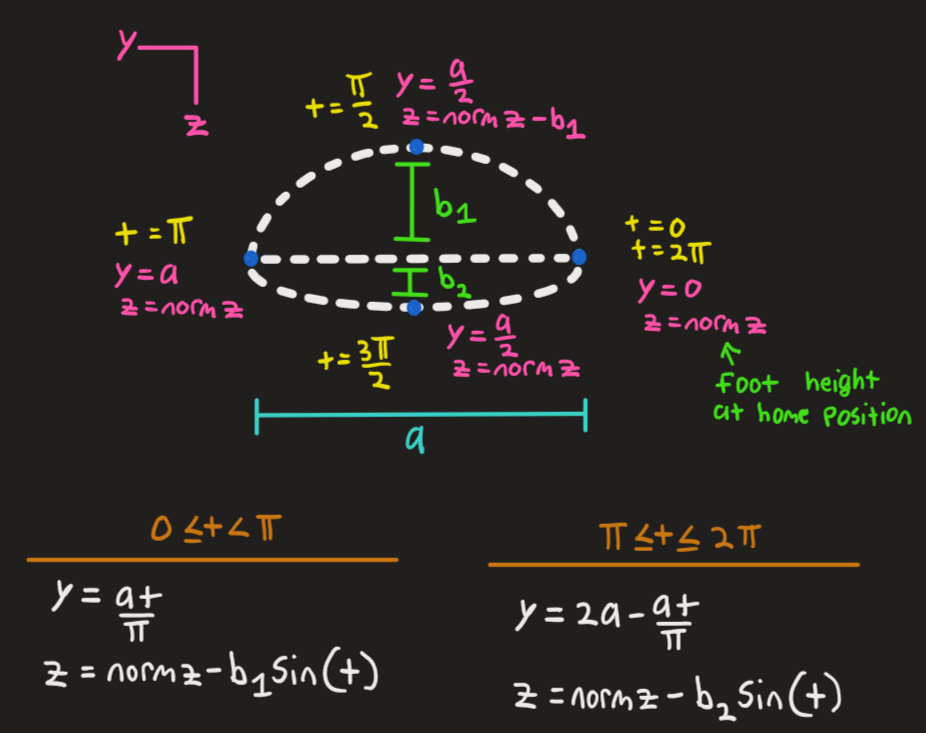
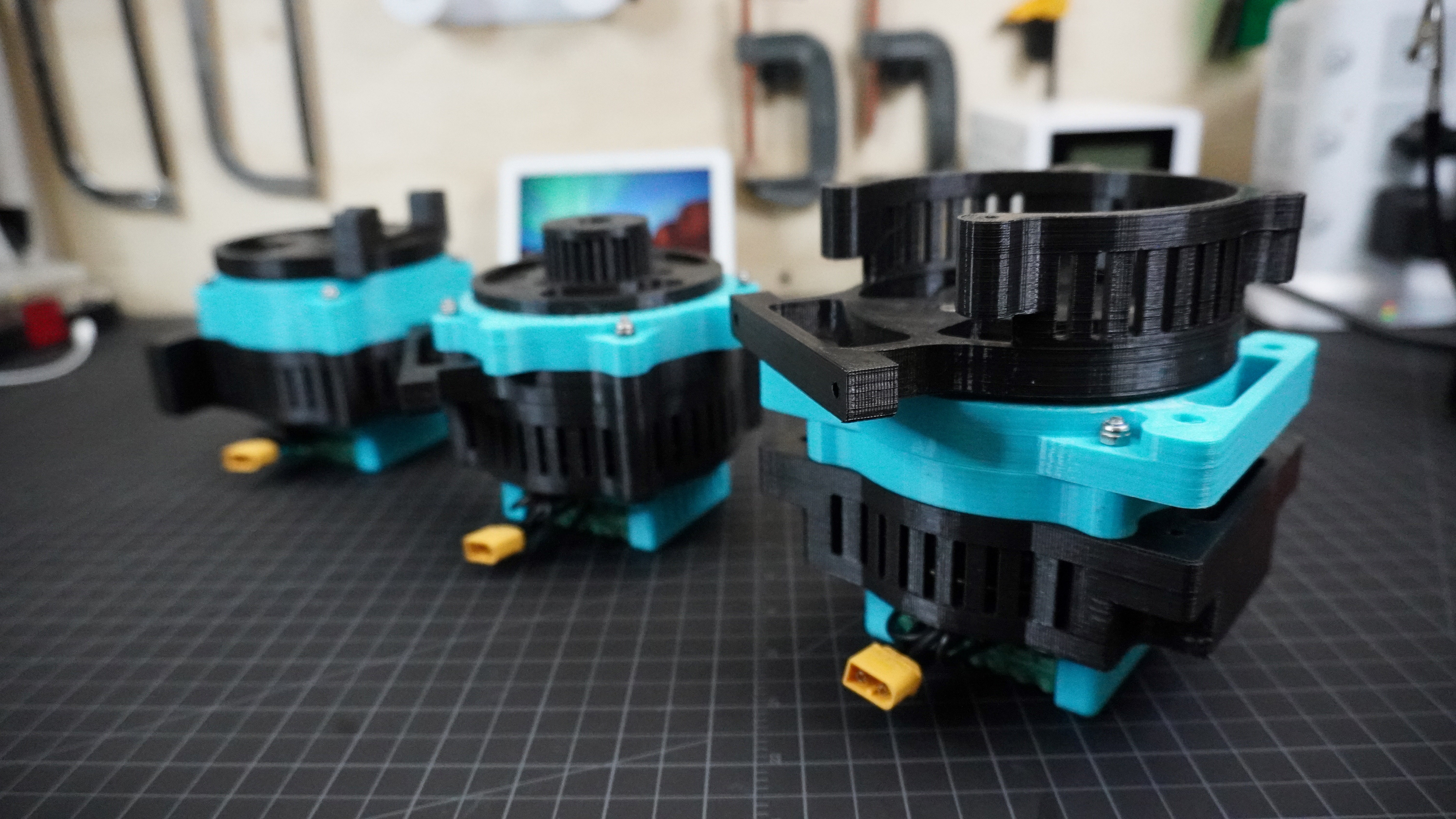
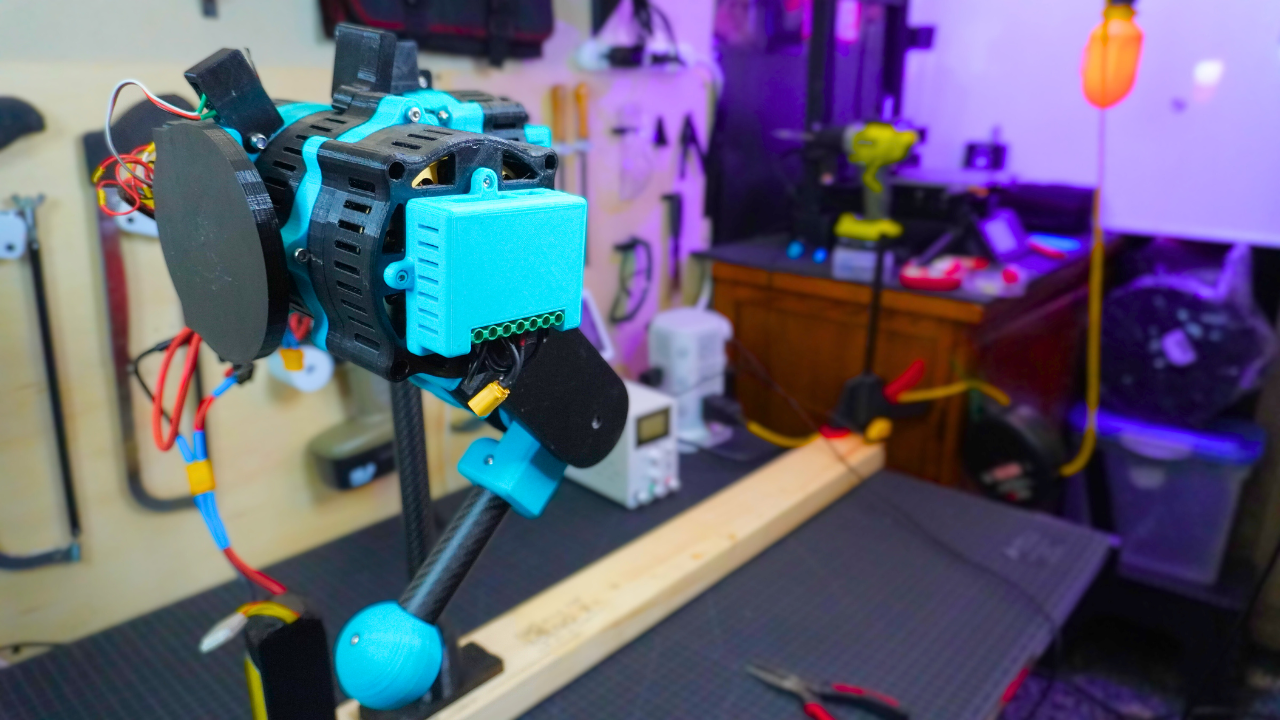
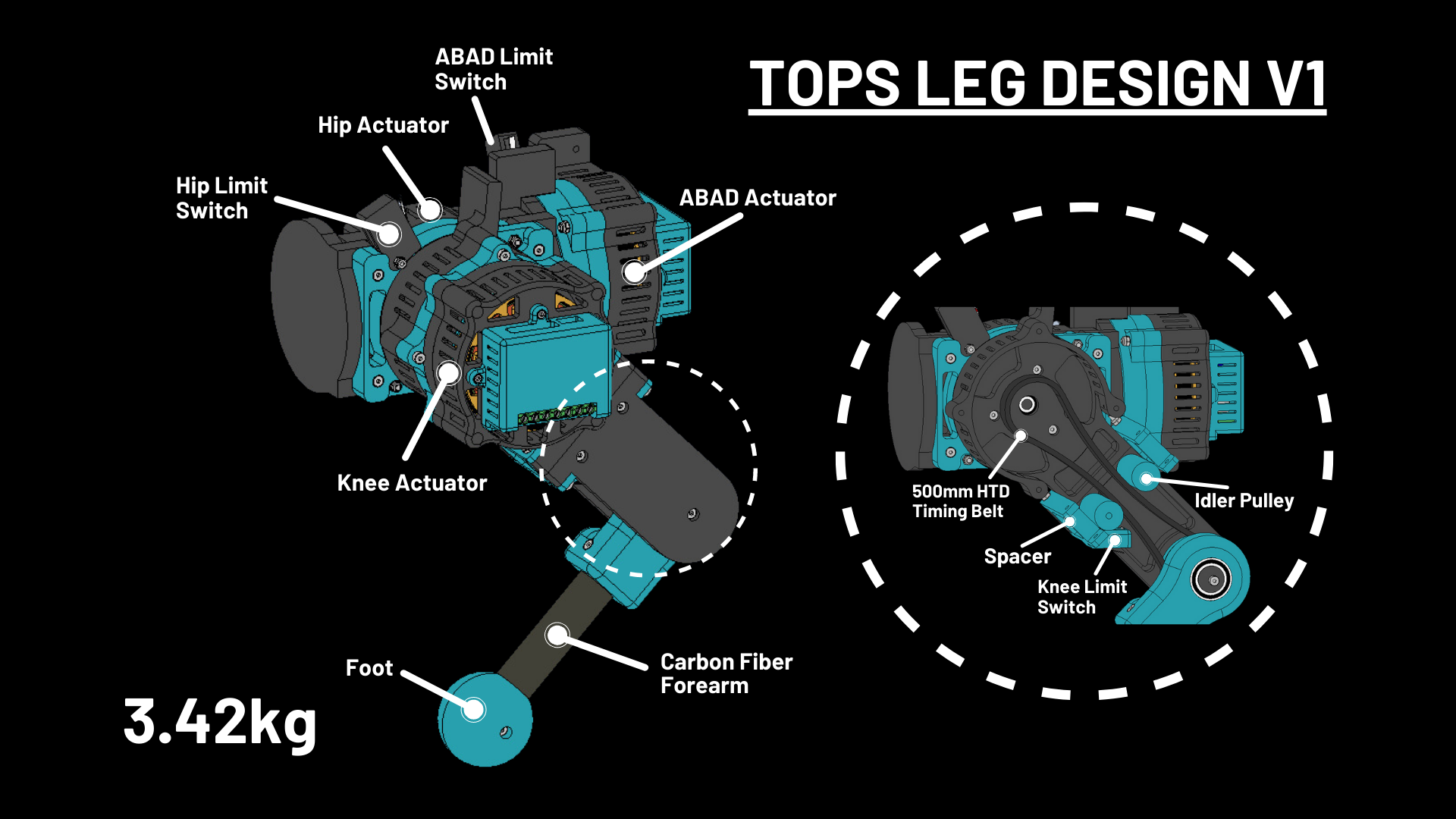
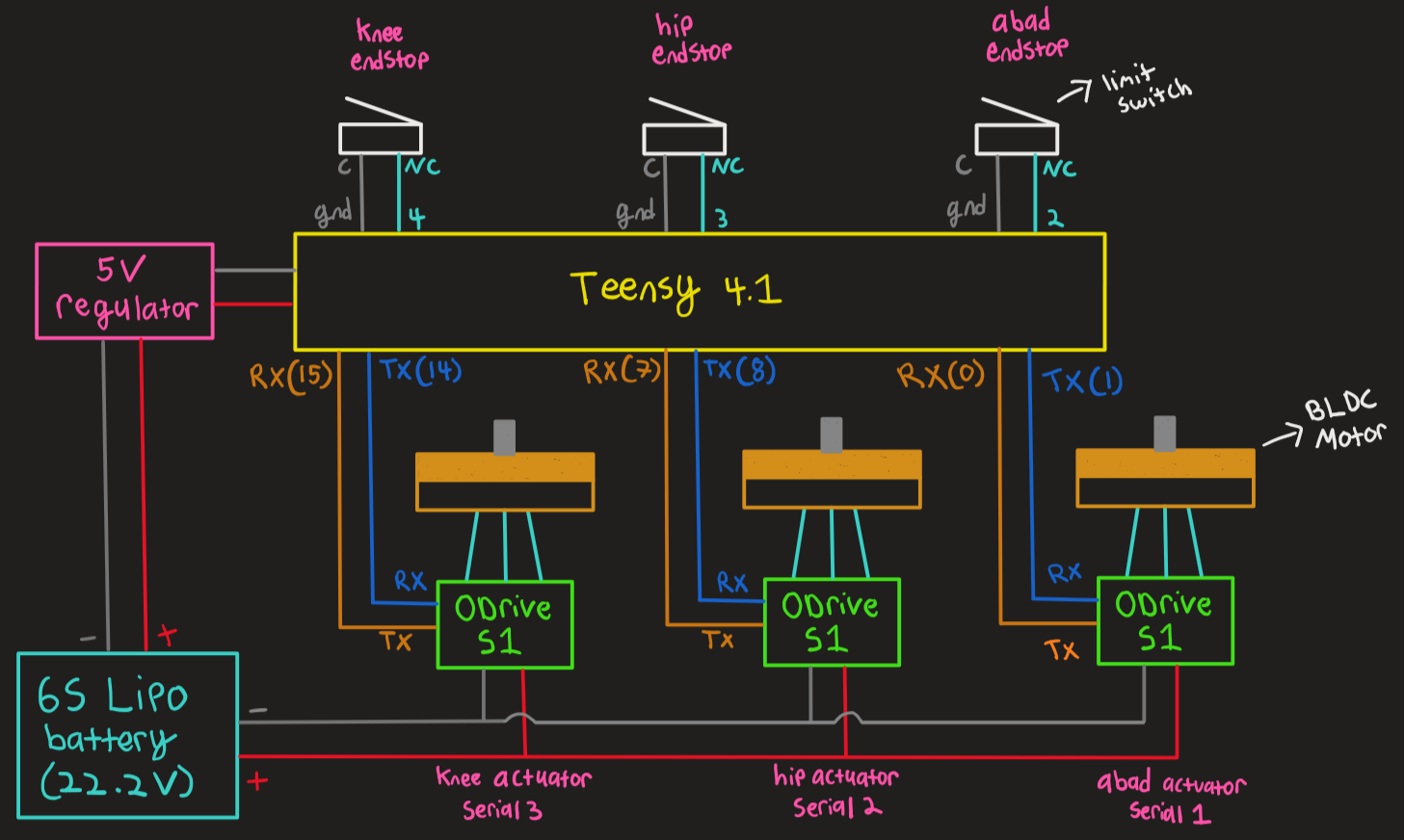
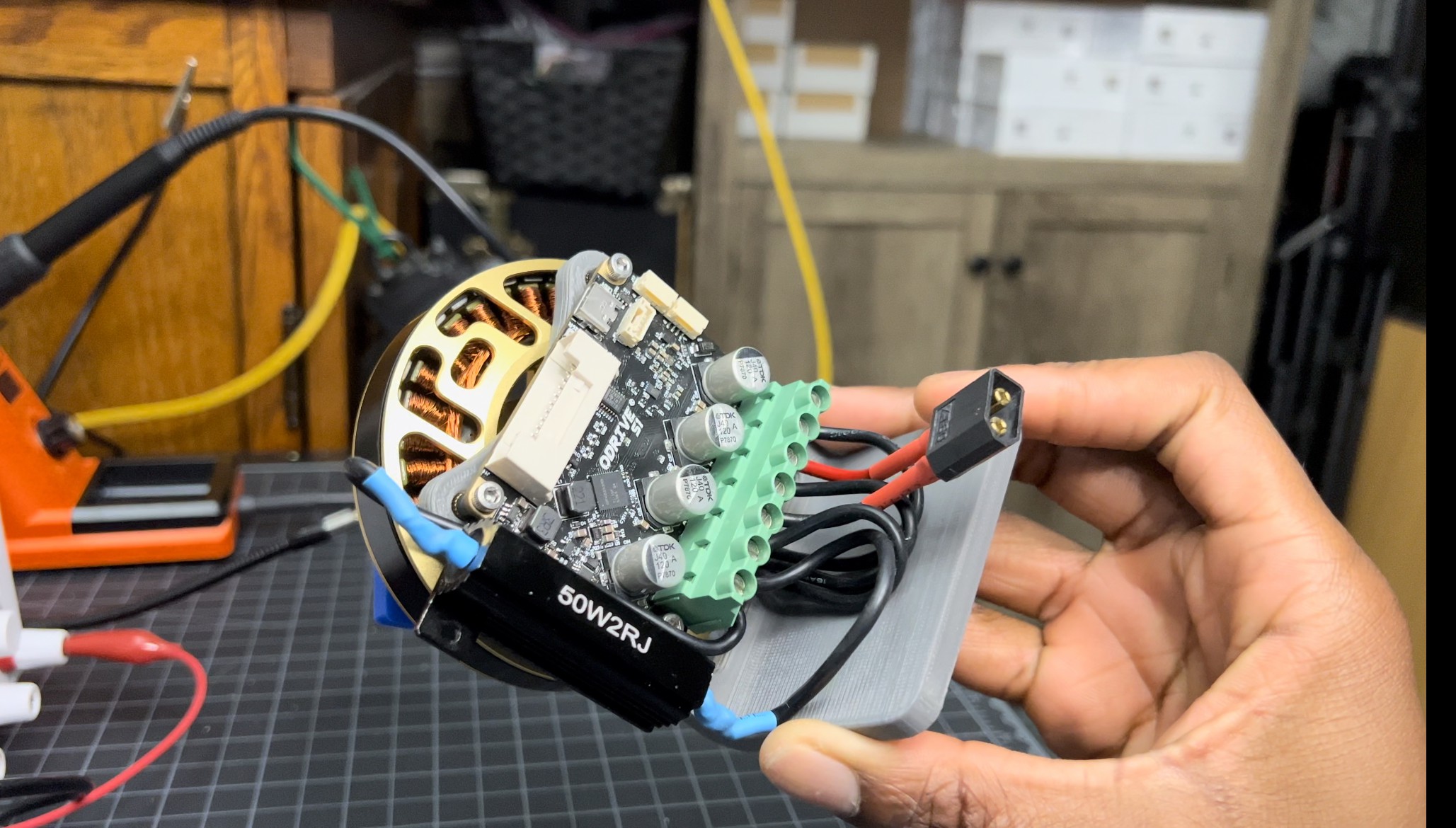
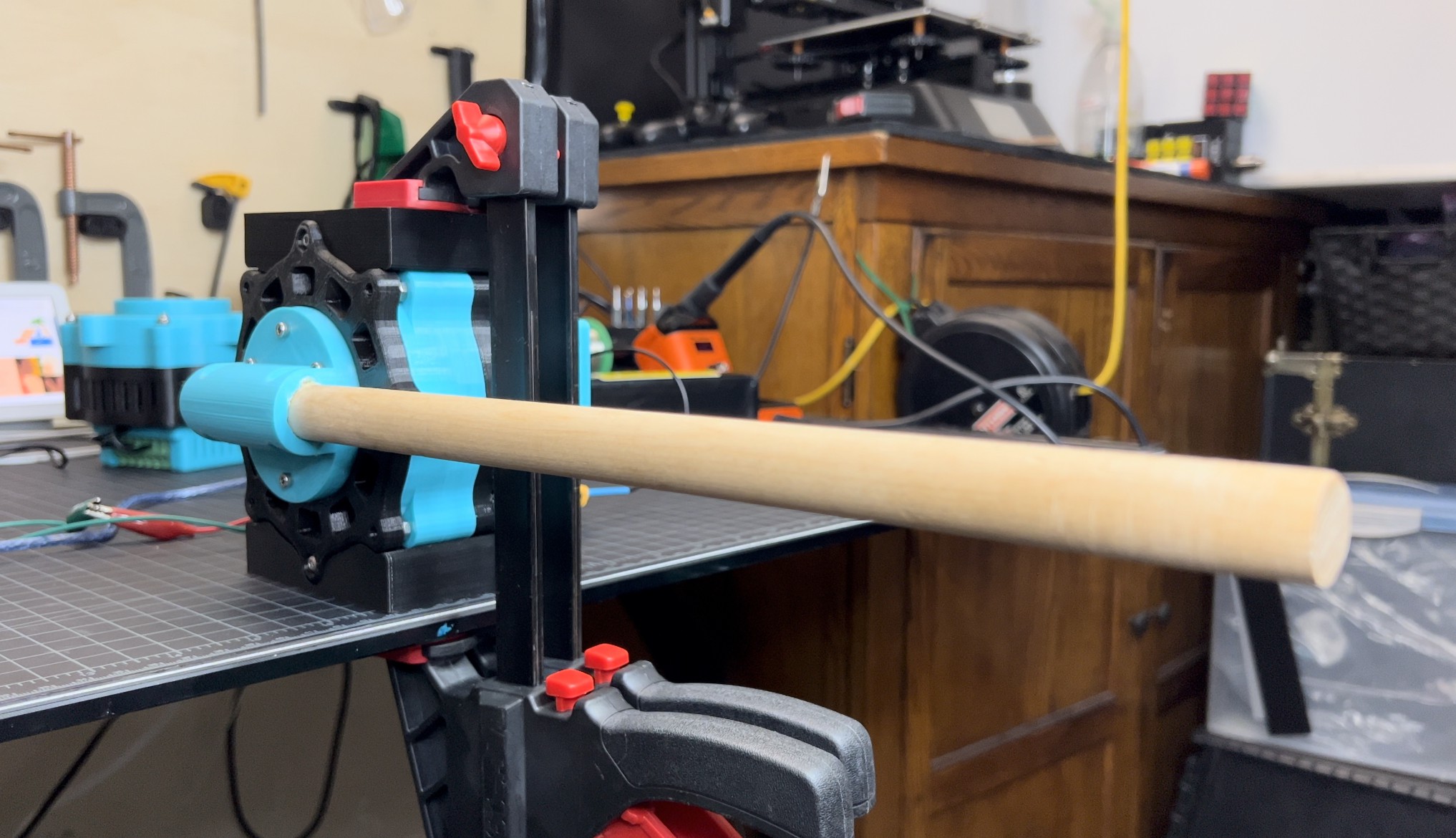
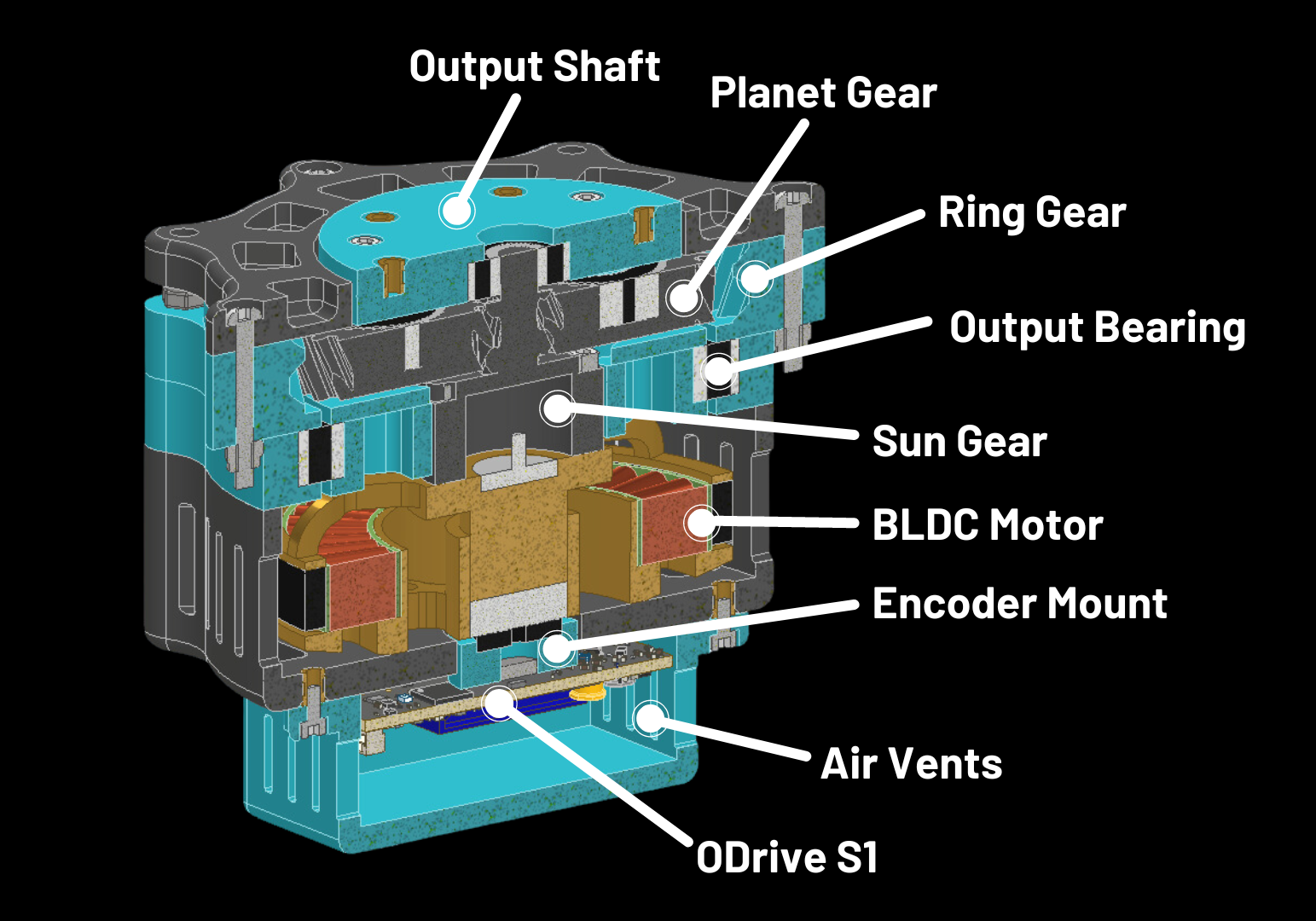



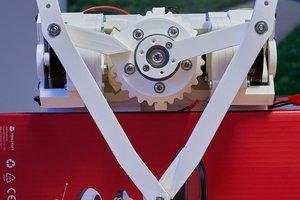

 jfries
jfries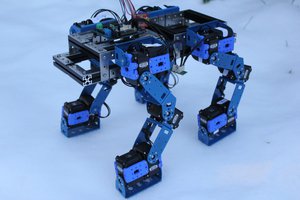
 Dimitris Xydas
Dimitris Xydas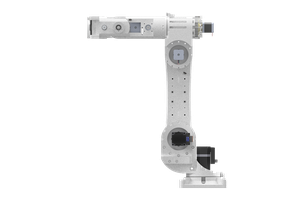
 Leo Vu
Leo Vu
Also I believe I found an issue with "Plane_Carrier_Top(1)" for ab-ad, it overlaps with 2 different models from what I can tell.
I'm very excited to have my first leg built and thanks for this great project!